Efficacy evaluation of cosmetics
Legal overview :
Since January 1, 2022, the cosmetics industry has officially entered the era of efficacy evaluation. Under the new policy and new regulations, requirements are put forward for different types of claimed support programs according to four types of methods: human efficacy evaluation, consumer testing, laboratory testing and literature. In addition to sunscreen, whitening freckle, anti-hair loss and other characteristics of the product must be tested for human efficacy evaluation, acne, nourish and repair three claims can only use the human efficacy evaluation method for product evaluation, other categories of claims can be based on the requirements of the above four method types to choose the appropriate method to evaluate.
Cosmetic efficacy evaluation definition:
Efficacy evaluation of cosmetics is an effective means to scientifically support its efficacy claims. Comprehensive testing, reasonable analysis and scientific explanation of cosmetic efficacy are carried out through biochemistry, cell biology, clinical evaluation and other methods. The process of scientific testing and reasonable evaluation of the efficacy claims of cosmetics under normal conditions of use, and drawing corresponding evaluation conclusions.
Scope
Cosmetics produced and operated in China
the main responsibility:
Cosmetics registrant, record holder
Domestic registrants and record holders can directly fill in the summary of the basis for the efficacy claim
The overseas registrant and record holder may entrust the domestic responsible person to fill in the summary of the basis for the efficacy claim
Evaluation range:
Cosmetic efficacy evaluation includes the following cosmetics:
1) cosmetics with only moisturizing and hair care effects;
2) Cosmetics with anti-wrinkle, firming, soothing, oil control, exfoliating, anti-hair breakage and anti-dandruff properties, as well as claims of mild (such as no irritation) or quantitative indicators (such as efficacy claim retention time, efficacy claim statistics, etc.);
3) Cosmetics with freckle whitening, sun protection, anti-hair loss, acne, nourishing and repairing effects
4) Cosmetics with freckle whitening, sun protection and hair loss prevention effects;
5) Cosmetics that make specific claims (e.g., claims for sensitive skin, claims for a tearless formula)
evaluation project requirement:
1) Moisturizing, hair care, specific claims (raw material efficacy) : literature research, research data analysis or cosmetic efficacy claims evaluation test
2) Anti-wrinkle, firming, soothing, oil control, exfoliating, anti-hair breakage, anti-dandruff, claimed mild (such as no irritation), claimed quantitative indicators (time, statistical data, etc.) : cosmetic efficacy claims evaluation test, can be combined with literature or research data analysis results
3) Freckle whitening, sun protection, hair loss prevention, acne treatment, nourishment, repair: human efficacy evaluation test
4) Specific claims (claims for sensitive skin, claims for tear-free formulations) : human efficacy evaluation tests or consumer use tests
5) Claim new efficacy: Select the appropriate evaluation basis according to the specific efficacy claim
assessment exemption situation:
Can be directly recognized by the senses such as vision and smell: cleaning, makeup removal, beauty modification, fragrance, refreshing body, hair coloring, hair perm, hair styling, hair color care, hair removal, deodorization, auxiliary shaving;
The effect occurs through simple physical covering, attachment, friction, etc., and is clearly physical on the label: physical covering whitening, physical exfoliation, physical removal of blackheads;
< div class="HG_item_XT">evaluation principle of :
The services we provide
- • Cosmetic Efficacy Regulation Advisory Service
- • Product packaging claims audit, efficacy identification service
- • Cosmetic Efficacy Laboratory testing supervision service
- • Formulation of cosmetic efficacy test program
- • Cosmetic Efficacy Report Review Service
- • Cosmetic Efficacy Summary production
Zhongbang is one of the earliest institutions in China to engage in compliance consulting services. It has a senior expert team composed of PhDs, Masters, and Bachelor's degrees, and has established branches in the UK, the United States, South Korea, Beijing, Shanghai, Suzhou, Fuzhou, Shenzhen, and other places, forming a global service network layout.
-
Strong technical strength:
A strong team composed of mid to senior technical personnel with professional backgrounds in chemistry, food nutrition and health, medicine, biology, toxicology, environment, and other fields
-
International service level:
A business elite team with multiple languages including English, Japanese, German, and Chinese, efficiently serving international customers
-
Rich compliance experience:
With years of experience in global product and regulatory research in multiple fields, we are able to provide comprehensive and high-level compliance consulting support to various customers
-
Localized service capabilities:
Having multiple branch offices in the UK, USA, South Korea, Beijing, Shanghai, Suzhou, Fuzhou, Shenzhen, etc., we can provide you with services nearby
Service Hotline :400-115-9001
Zhongbang Consulting (Shandong Zhongbang North Management Consulting Co., Ltd.) focuses on product registration and compliance consulting services. With its professional technology, diverse resources, and global network, we are committed to providing regulatory consulting and environmental regulation response services for pharmaceutical, chemical, consumer goods production enterprises, and large multinational corporations. To solve the environmental, health and safety laws and regulations, product quality standards, and other issues faced by enterprises in production, sales, and global trade processes.
Accumulated Customers
18,000+
Distributed in 35 countries and regions
14year
Industry experience
260+
Senior expert team
15+
Subsidiaries
300+
Collaboration Cases
Brand Cases
The choices and trust of over 18000 customers are the driving force for Zhongbang to continuously improve its services. We are willing to grow together with these excellent enterprises
Service Hotline:400-115-9001


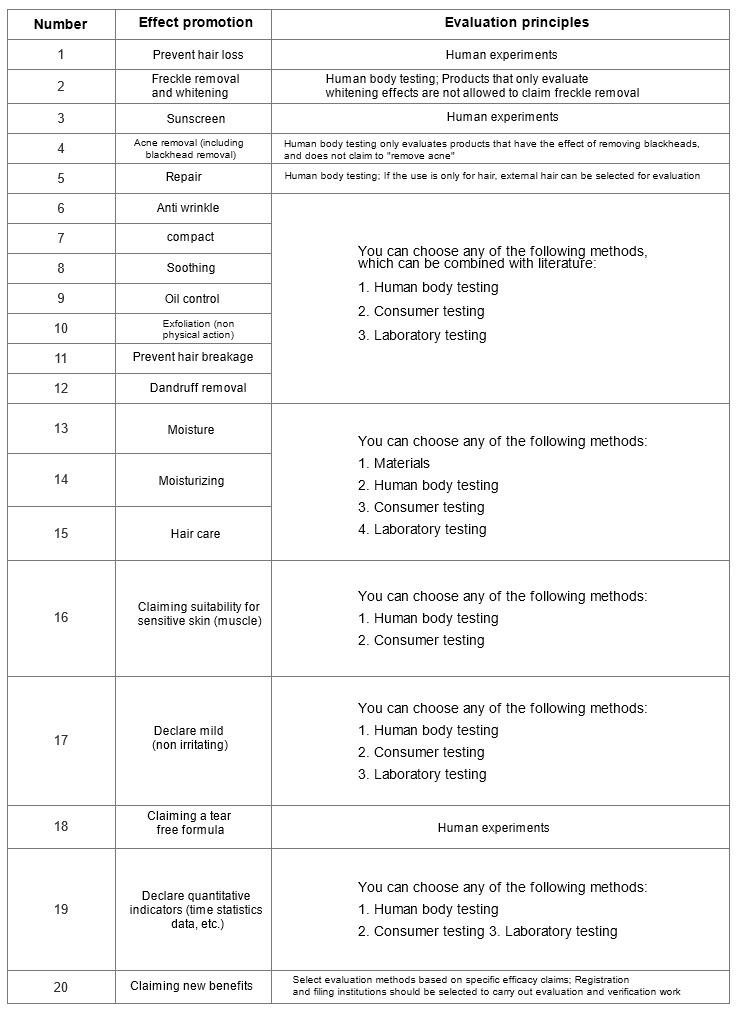






























































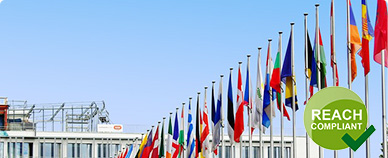
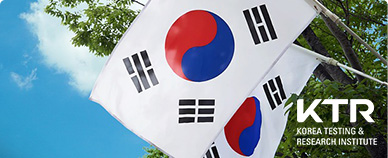

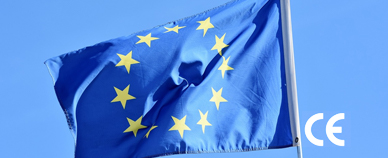
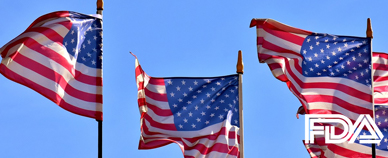

 Consultation
Consultation
 400-115-9001
400-115-9001